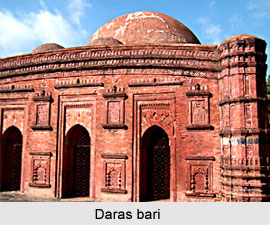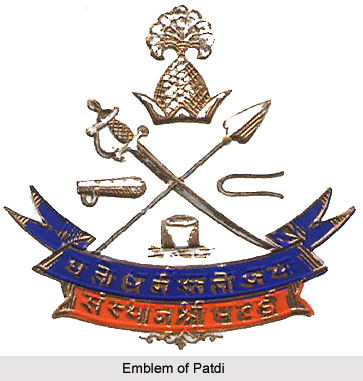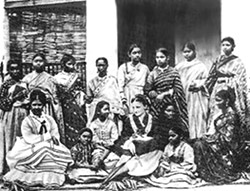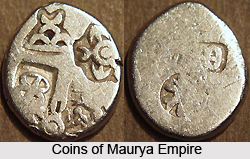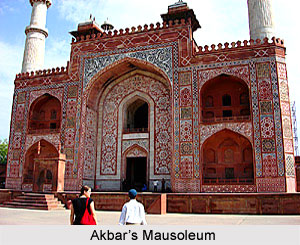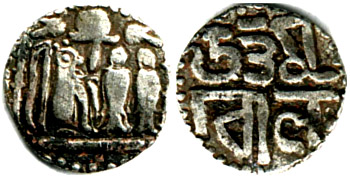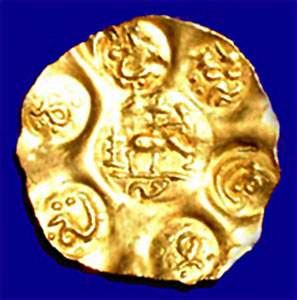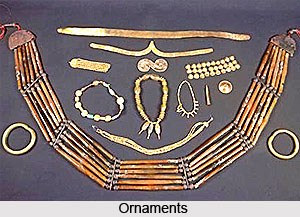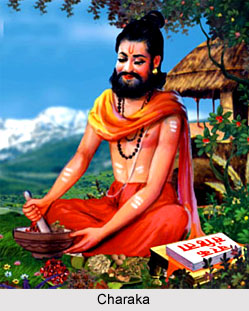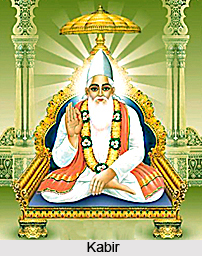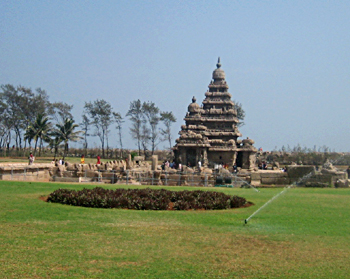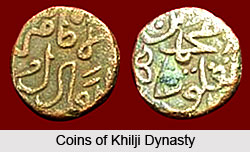The Mahasabha looked after the communal lands along with the private lands within its jurisdiction. The village under the Chola administration was given ample autonomy. It did everything require for transferring property. This required the approval of the central authority. It also had the control of renovation of waste lands and forests. The village administration was a well organized set up. It was contributing to the progress of the people. The mahasabhas were found concentrated in regions around Kanchi and minor ones encircling Madras (now Chennai). References to the Mahasabha are found in Tondamandalam and Cholamandalam.
Functions of Mahasabha
The general assembly under the Chola rule had three classifications. They are the Ur, Sabha and Nagaram. The Ur was a name given to the congregation of tax paying villages. The Sabha was a body of Brahmins. The Nagaram constituted traders of the towns. The officials calculated and estimated the production of cultivated land. Assessment of land revenue was also their duty. In these duties Mahasabha had assisted them. They collected the land revenues. In cases of failure of payment they had the authority to sell the land in issue through auction. Any dispute regarding land and rights pertaining to irrigation were settled by the Mahasabha. Assemblies from neighbourhood villages were requested to help them in reaching a decision in unusual cases. Mahasabha`s sanction is required for change in land classification within its area. The community land, the grazing land and bare lands were controlled by the village urs.
Mahasabha had some autonomy in taxation regards to the village and taxes are reduced by them in certain cases. A tenant has an option to pay a fixed amount to the Mahasabha and by compounding his future taxes to local authorities; assembly would pay all his dues thereafter. This was done only if any land is meant for charity.
The other functions of Mahasabha included the maintenance of roads, irrigation works, control of religious, medical and other endowments and providing requirements for learning from its own assets. The village assemblies were mostly left to themselves. In cases of conflict and other unusual situations the central government would interfere and exercise its authority.
The village administration under the Cholas was a role model for subsequent kingdoms. Especially the practice of Mahasabha was unique as its functions helped the villagers to progress and prosper. The Mahasabhas were given a considerable authority in regards to tax imposition and land management. As the feudatories were kept out of it and the council of ministers only having advisory role Mahasabhas functioned smoothly and efficiently.


